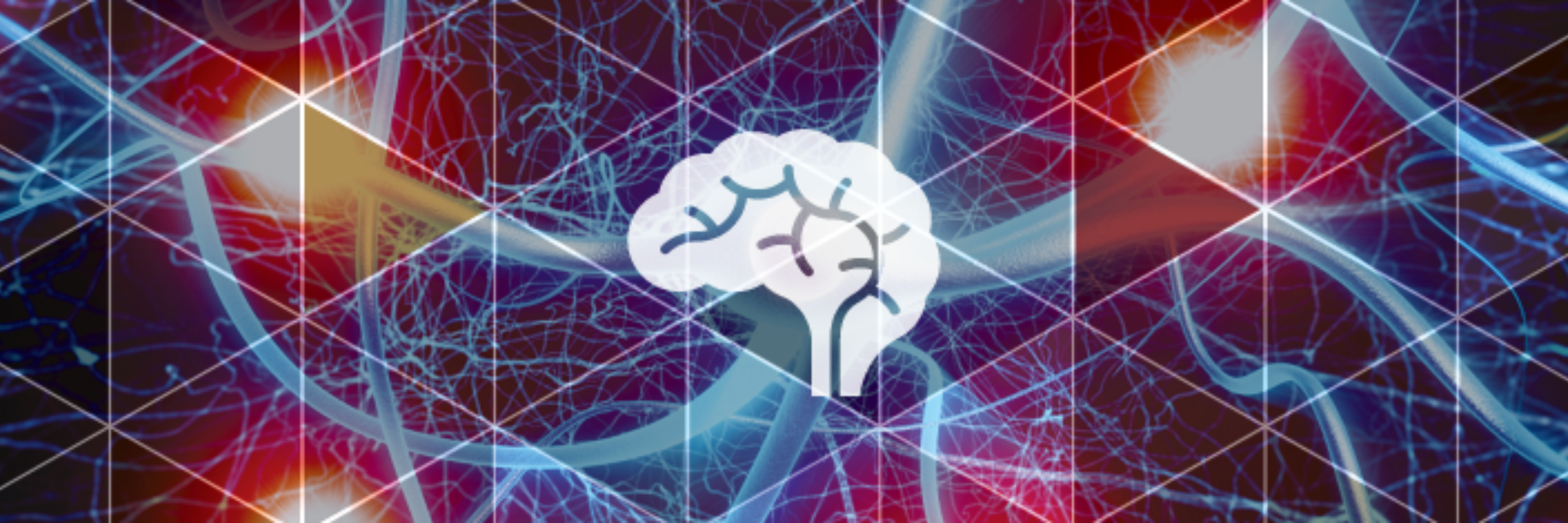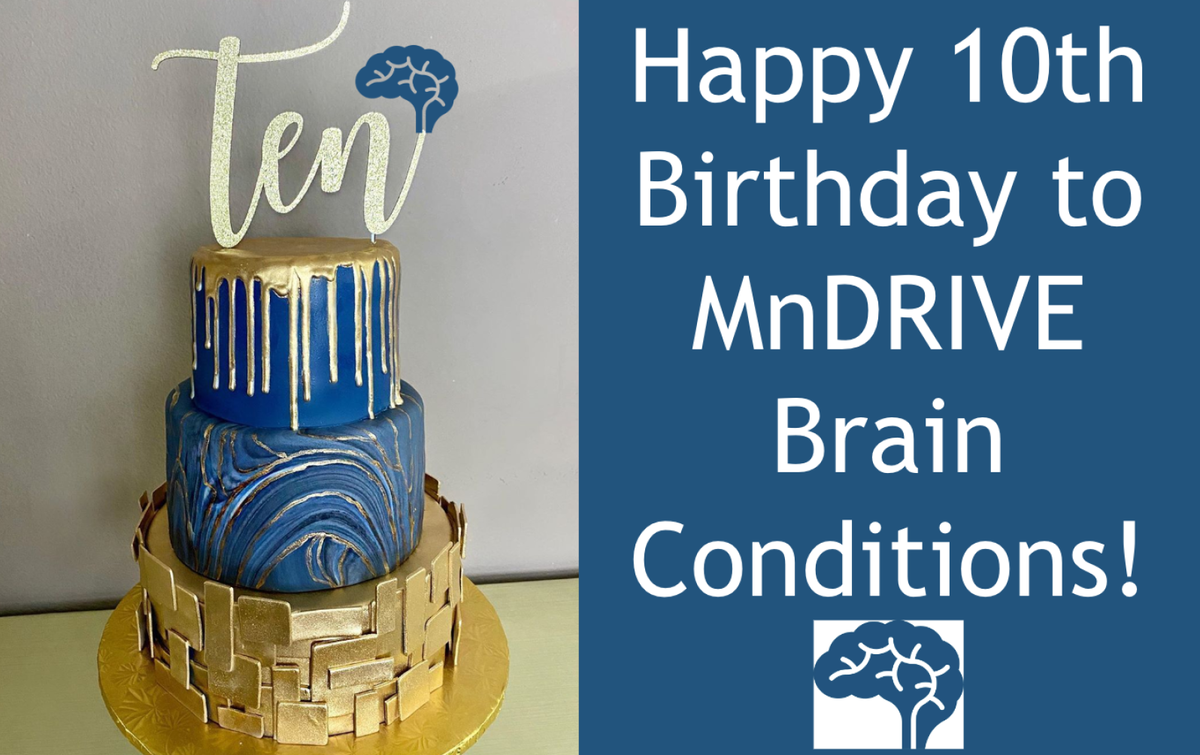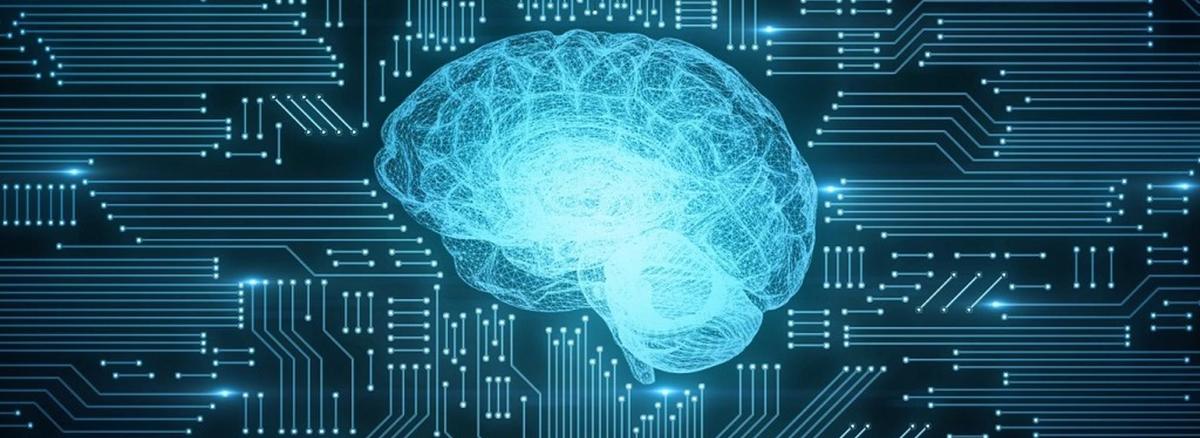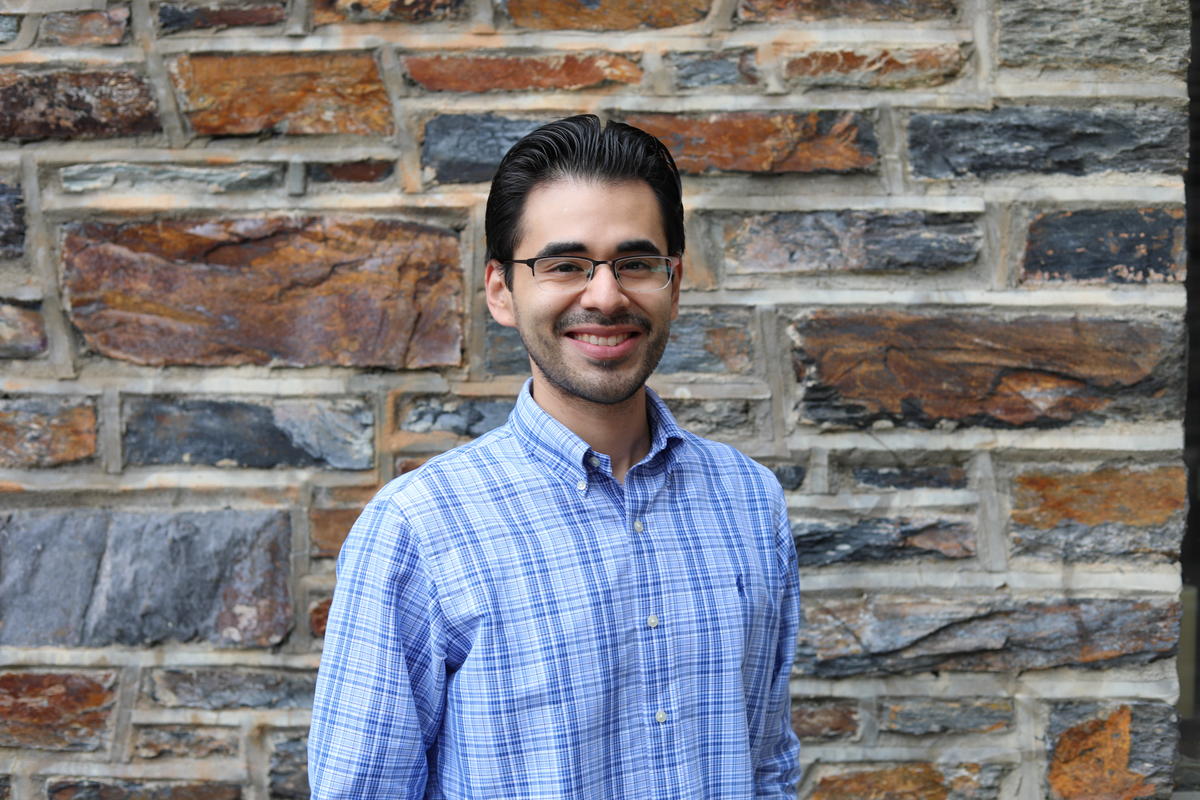
Discoveries and Treatments for Brain Conditions
Welcome to the MnDRIVE Brain Conditions website, a hub of knowledge and innovation dedicated to advancing the understanding, diagnosis, and treatment of brain-related conditions. Our mission is to build the University’s capacity for world class neuromodulation research for the benefit of all Minnesotans and beyond. In order to improve overall quality of life we are driven by transformative research, strive to foster collaboration, and empower individuals and communities affected by brain and neurological conditions.
As a leader in the field, we bring together multidisciplinary teams of experts, researchers, and healthcare professionals who are at the forefront of groundbreaking discoveries and advancements. Through our cutting-edge research, we aim to unravel the complexities of brain and neurological conditions and translate knowledge into practical solutions that make a tangible difference in people's lives.
Explore our comprehensive resources that cover a wide range of brain-related conditions, including neurodegenerative diseases, mental health disorders, brain injuries, movement disorders, and neurodevelopmental disorders. From in-depth articles and scientific publications to informative videos and interactive tools, our website offers a wealth of information for individuals, families, healthcare providers, and researchers.
Stay up to date with the latest news, breakthroughs, and events in the field by visiting our Current Events page. Gain insights into past milestones and achievements that have shaped the landscape of brain conditions in the Past Events section. And for students and scientists seeking funding opportunities, our Funding Opportunities page provides a curated list of internships, fellowships, and awards tailored to support innovative projects and training.
We believe in the power of collaboration and knowledge sharing. Our website serves as a platform for fostering connections and promoting interdisciplinary approaches. Join our community by engaging in discussions, sharing your experiences, and participating in collaborative initiatives aimed at transforming the field of brain conditions.
Whether you are seeking information, resources, or support, we are here to guide you. Our team is dedicated to providing accessible and reliable information, assisting with research inquiries, and offering guidance on navigating the complexities of brain conditions.
Together, let's embark on a journey of discovery, compassion, and hope. Through our collective efforts, we can bring about a brighter future for individuals and families affected by brain-related conditions. Welcome to MnDRIVE Brain Conditions, where knowledge meets innovation, and lives are transformed.

Brain conditions, including Parkinson’s disease, stroke, epilepsy, and mental illness, are chronic afflictions that diminish a person’s quality of life. The conditions affect one in five Americans. The social and economic impacts are devastating, with annual U.S. healthcare and lost productivity costs estimated at nearly $500 billion.
MnDRIVE Brain Conditions was established in July of 2013. MnDRIVE is a landmark partnership between the University and the state of Minnesota. Discoveries and treatments for brain conditions, a MnDRIVE core area of research and partnership, addresses complex and debilitating nervous system-related disorders by leveraging university and state investments in medicine and engineering and extending our vibrant partnerships with medical device industries in Minnesota.
Through high-impact research and discovery in the field of neuromodulation, MnDRIVE trains the next generation of scientists and clinicians, and brings new and improved therapies to Minnesotans suffering from brain conditions and nervous systems disorders/deficits. The initiative will expand University partnerships with industries to bring neuromodulation innovations to market, which benefits patients and advances the state’s economy.
MnDRIVE Brain Conditions is a multidisciplinary team involving six faculty members from different departments within the University of Minnesota who serve on our Steering Committee. Dr. Timothy Ebner is the chair of this executive team.
News Highlights

Newest member of MnDRIVE Brain Conditions Steering Committee representing the Department of Neurosurgery.

Prof. Lim will bring his rich expertise in research, innovation, and entrepreneurship to Bakken MDC to continue building collaborations with local, national, and global medical technology industries.

Wishing MnDRIVE Brain Conditions a happy birthday and many more!

"Can we do a better job of detecting suicidality? U of M team using a DARPA award to test the possibility."

Congrats, Dr. Oscar Miranda-Dominquez!

Congrats, Dr. Jeremy Chaikind!

Welcome and congrats!

Article features faculty member Dr. Michael C. Park regarding SynerFuse.


